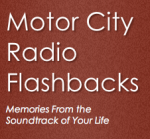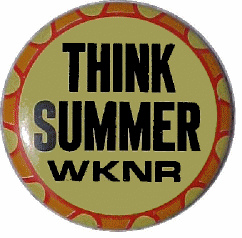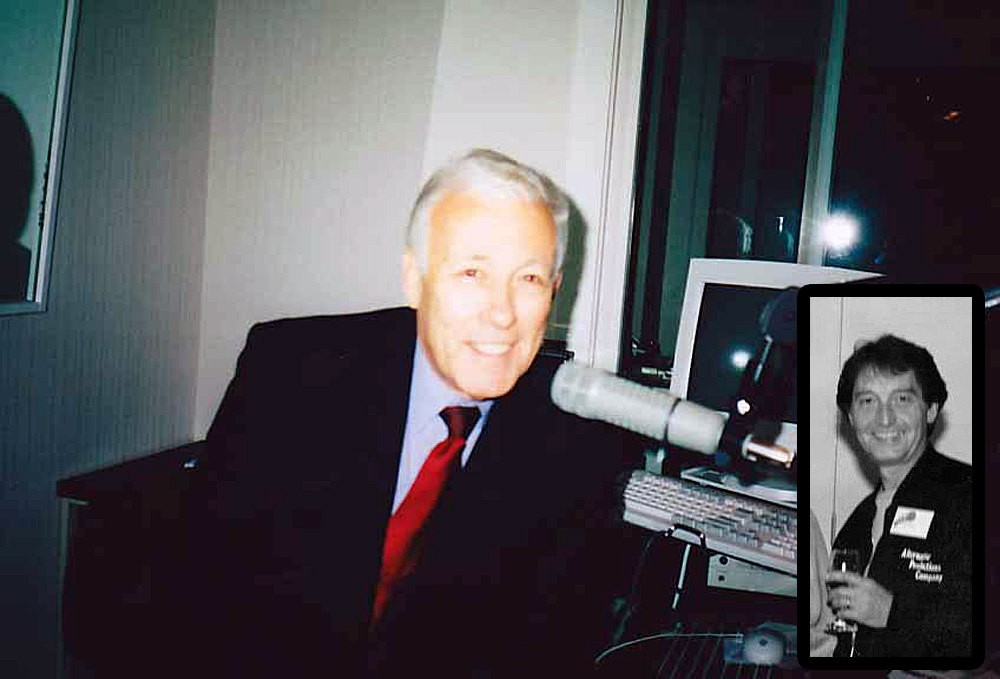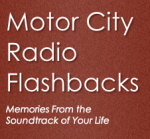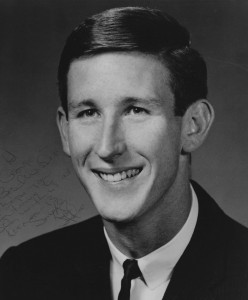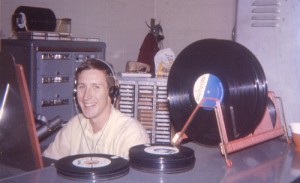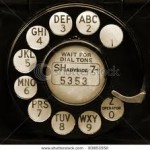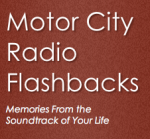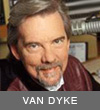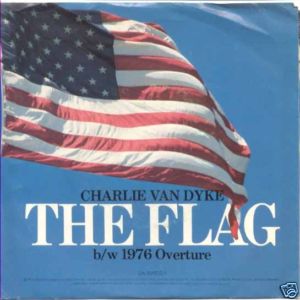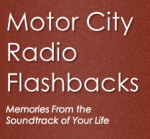 From the MCRFB Aircheck Library:
From the MCRFB Aircheck Library:
Joey Reynolds on 1270 AM WXYZ 1966
…I hope we last….
The date is April 19, 1966. WXYZ 1270 is set on your radio dial. The time is 9:00 PM on a Tuesday evening here in the Motor City.
Coming in fresh from Cleveland’s WIXY, listen in as Joey Reynolds introduced himself on The Joey Reynolds Show for the very first time when he first came over to Detroit.
FROM THE MCRFB AIRCHECKS LIBRARY
___
WXYZ-AM * JOEY REYNOLDS * APRIL 1966
…Well uh I don’t understand quite frankly Al what you’re getting at. What are you trying to say is you don’t like me?….
___
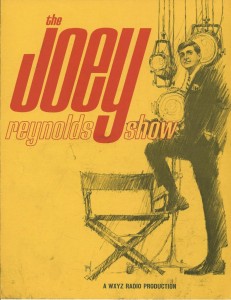
In this classic 1966 WXYZ aircheck, Joey Reynolds did all he could to keep his composure with a certain caller, Al Evans from South Junior High School.
When this aircheck was taped in May of 1966, Joey Reynolds was known for his propensity to berate other radio stations and on-air personalities during his shows while in Detroit. Whether his on-air rhetoric might have been described as “good clean fun” or just a display of Reynolds own personal ego, these assumptions might have been taken more than lightly by some listeners, such as the one noted particular call to The Joey Reynolds Show would come to obviously demonstrate.
In April 1966, WXYZ had many of the best radio voices covering the Detroit radio map at that time. Marc Avery. Lee Alan. Dave Prince. Jimmy Hampton. Pat Murphy. Danny Taylor.
Under Lee Alan, now as program director, WXYZ retained its star status with their legendary top 40 personality-plus line-up. The ABC-owned station’s share for higher numbers was paramount moving forward against WKNR and CKLW. The station was locked in battle to regain the top 40 crown they once held over Detroit several years back. Detroit, in 1966, was a three-station top 40 market.
But it was the Reynolds star, despite the anticipated expectation he’d be held for higher ratings and audience popularity the moment he first signed on, never came to fully rise during his short stay here in the Motor City.
By July 1966, a little over two months after WXYZ General Manager Charles Fritz and station Program Director Lee Alan brought the Gavin Award winning radio host to Detroit, the station found itself floundering at third place with only a 24 percent share of the Detroit radio audience overall.
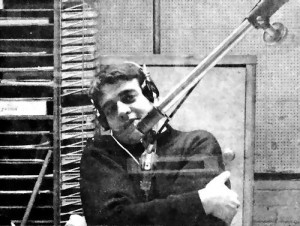
In contrast, CKLW held their ground just a short-distance ahead with a 29 share at second place. Meanwhile, WKNR was still at the top with a 47 percent share of the total Detroit audience who were listening to Keener 13 at any given time throughout their entire broadcast day.
As to his statement, “well I hope we last”… he didn’t.
By the first week of November 1966, and six months after first coming on WXYZ, Joey Reynolds was completely removed far away east from the Detroit radio scene at WDRC in Hartford, Connecticut.
But according to Wikipedia, the Reynolds resume reflects he’s had an illustrative career in both radio and television during his later years in broadcasting as well. He even came back to Detroit on WHYT for a short while during 1983 into 1984.
Today, as of this date, Reynolds is presently hosting All Night With Joey Reynolds on the WNBC-TV owned sub-channel station WNBC-TV2 in New York City.
___
(The Joey Reynolds poster courtesy of the Art Vuolo Collection)
FROM THE MCRFB AIRCHECKS LIBRARY
___
WXYZ-AM * JOEY REYNOLDS * MAY 1966
(The Joey Reynolds poster courtesy of the Art Vuolo Collection)
![]()


